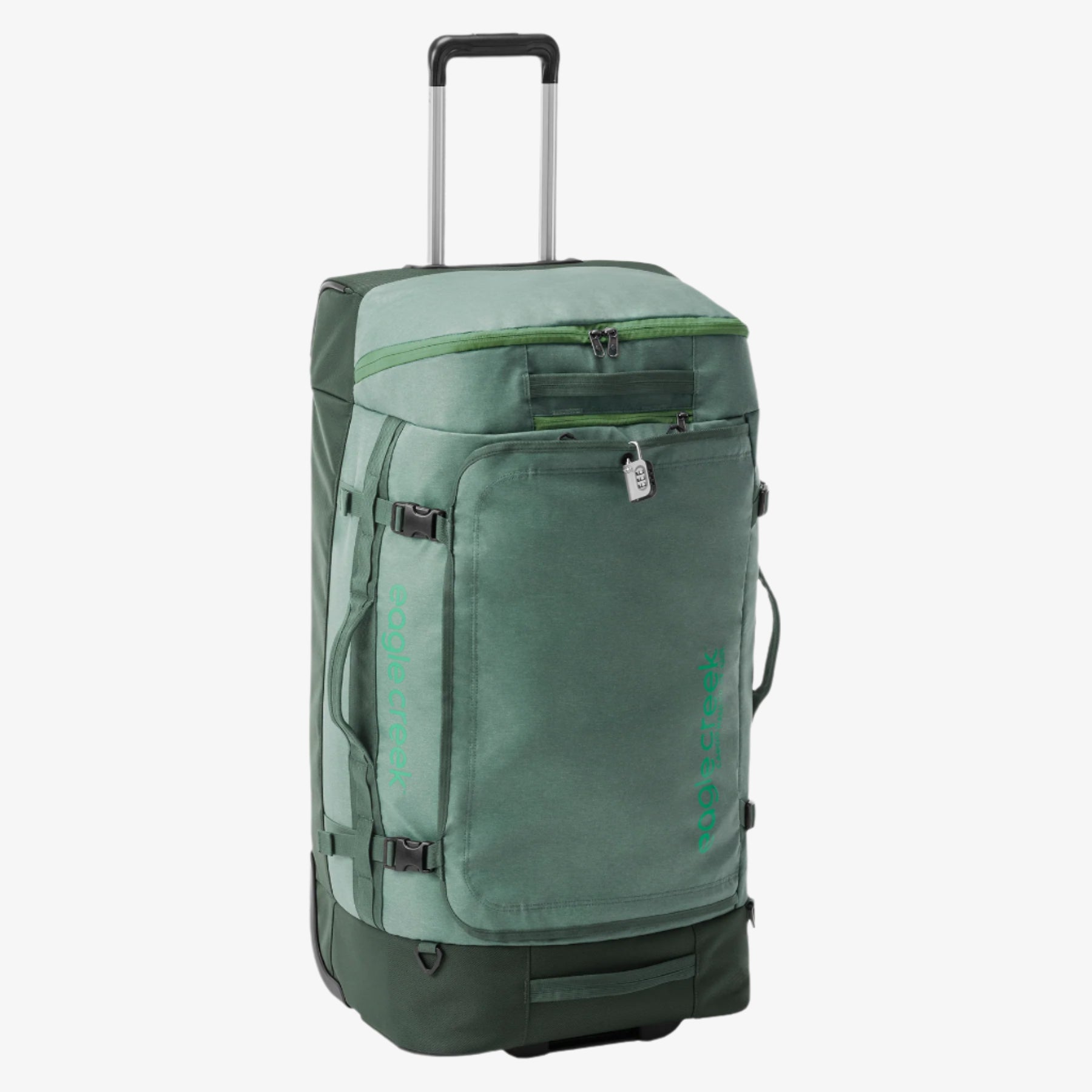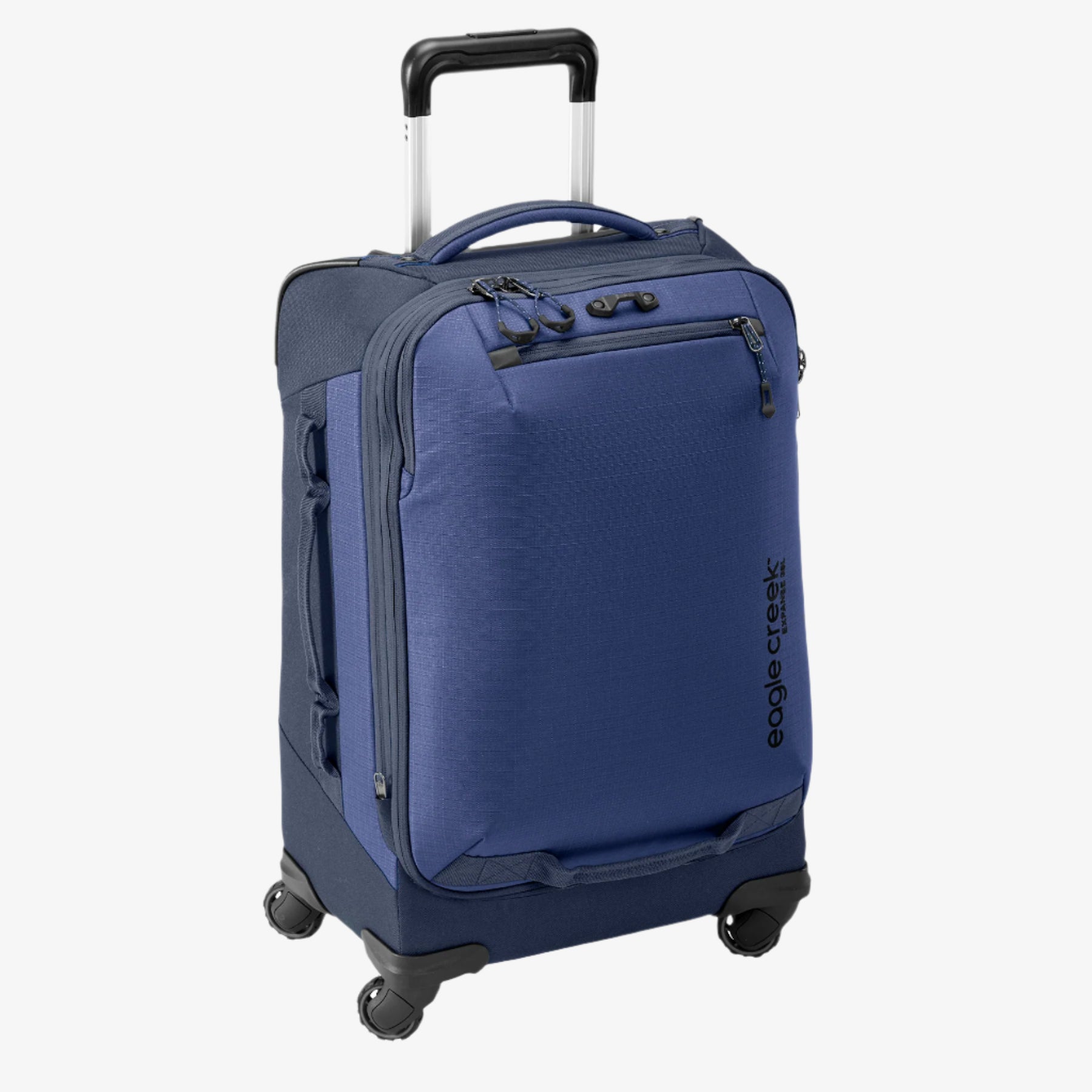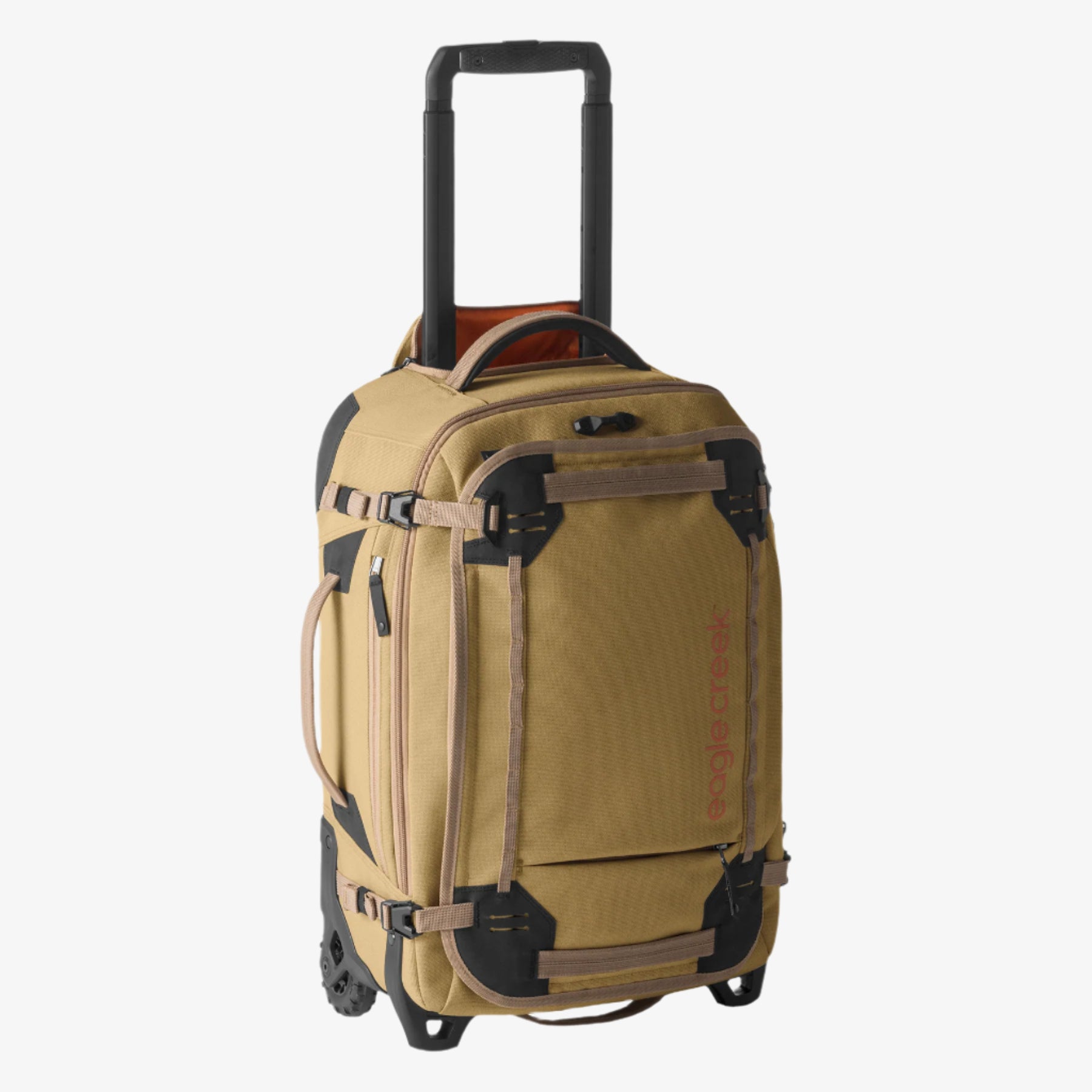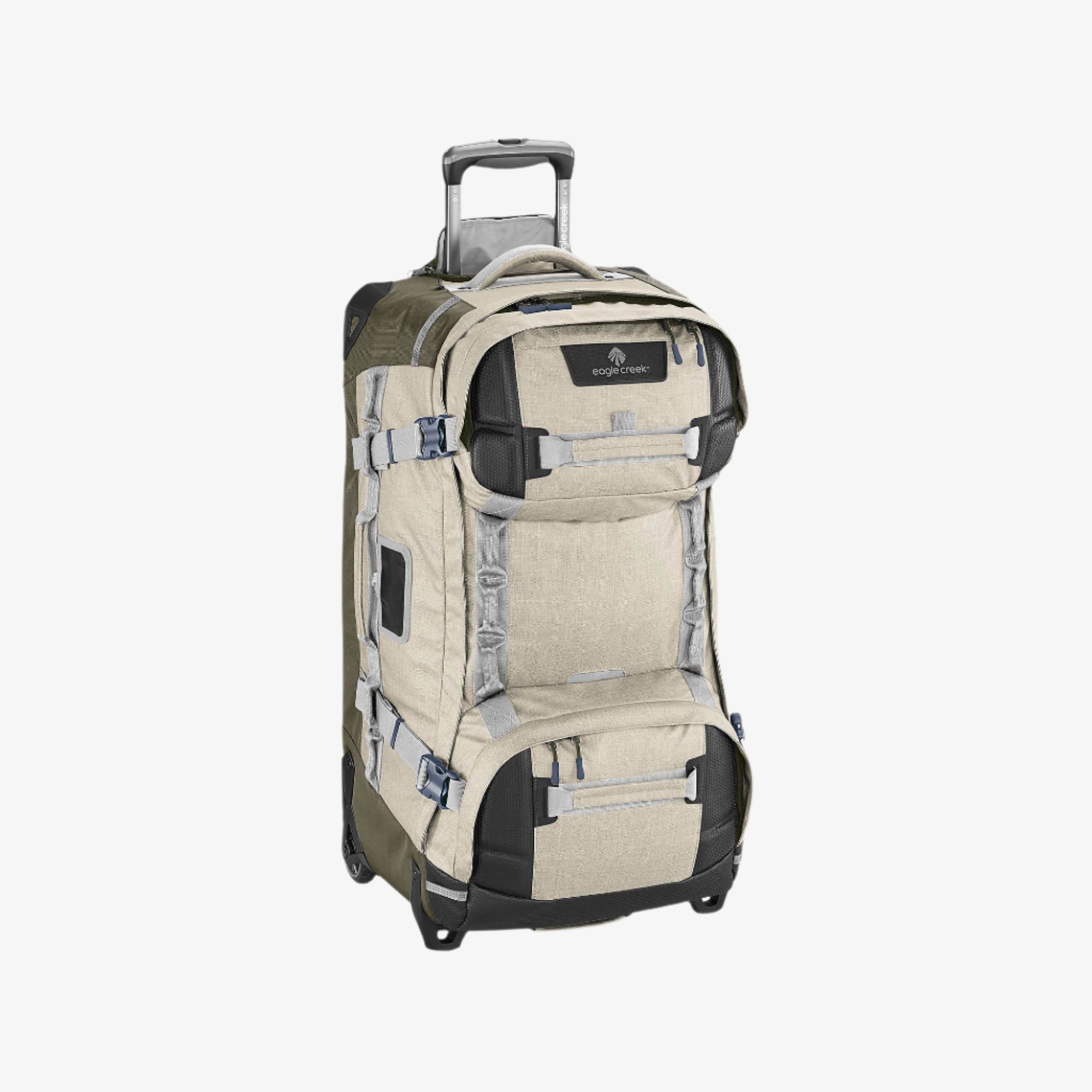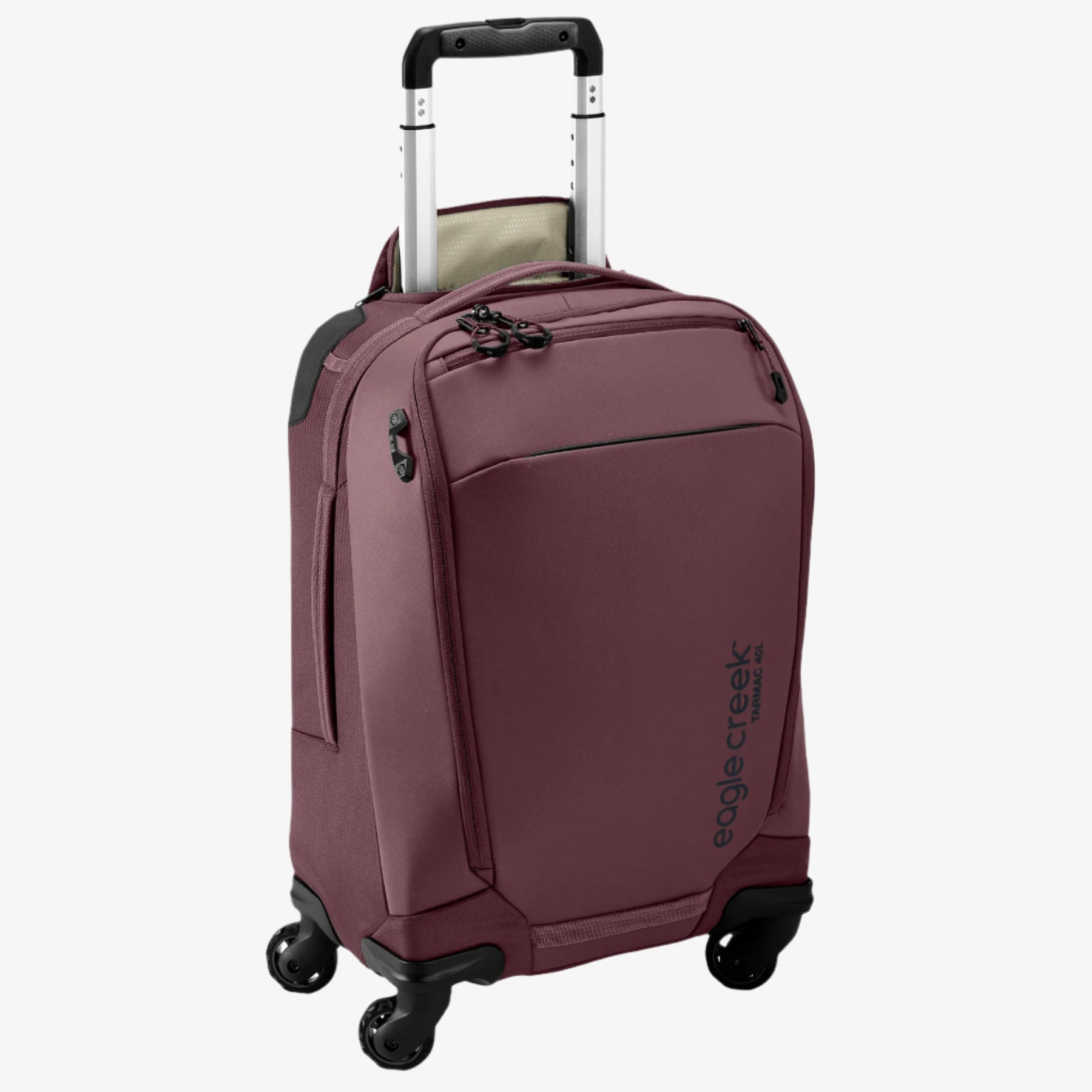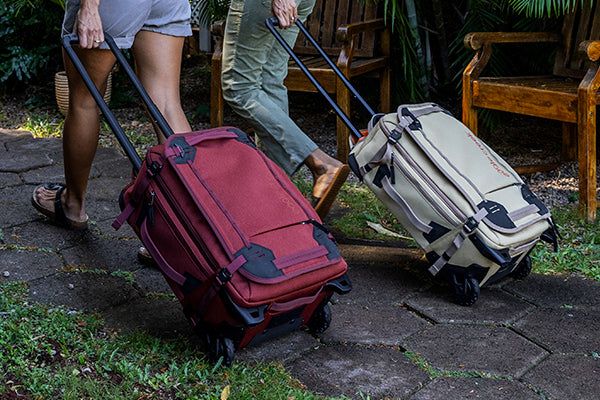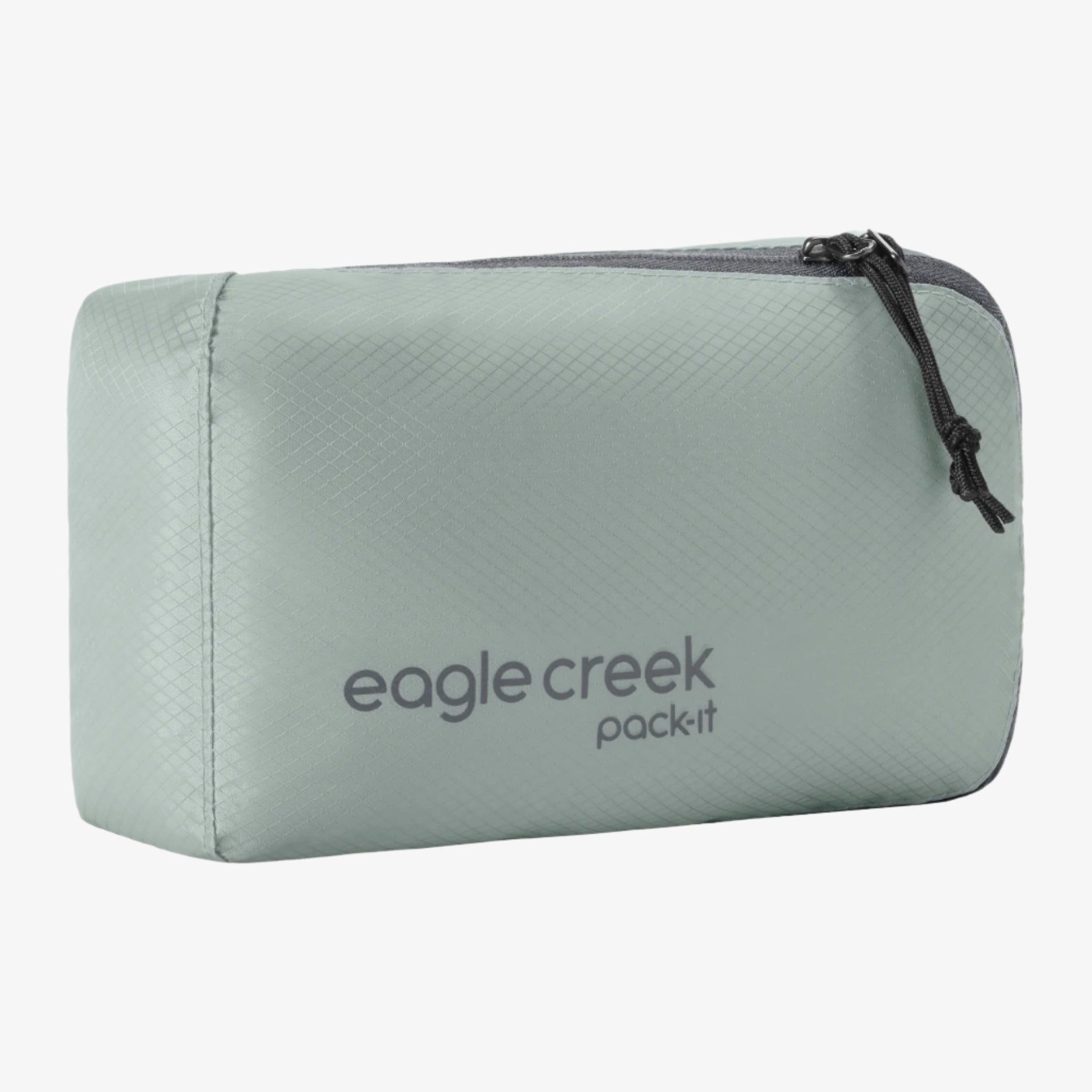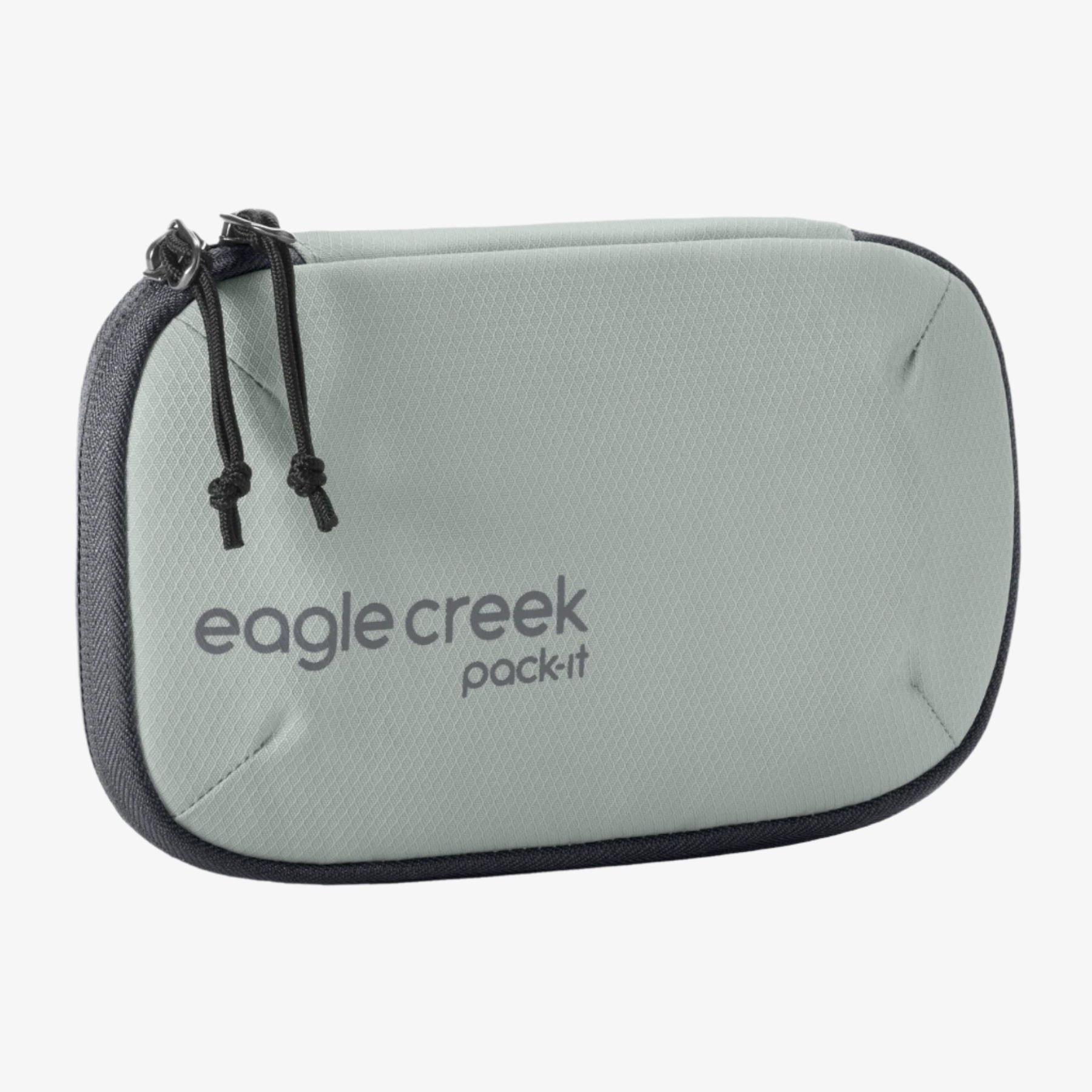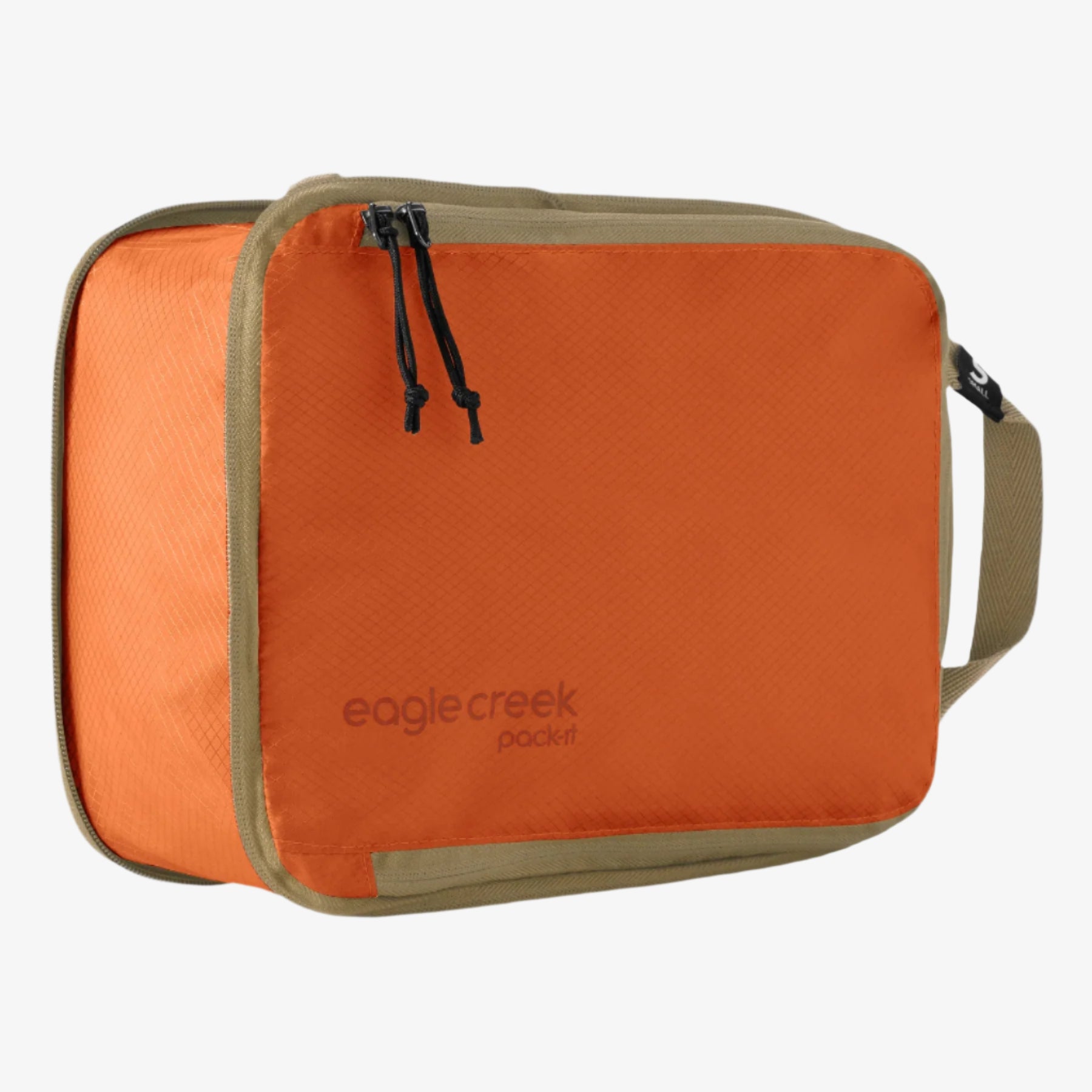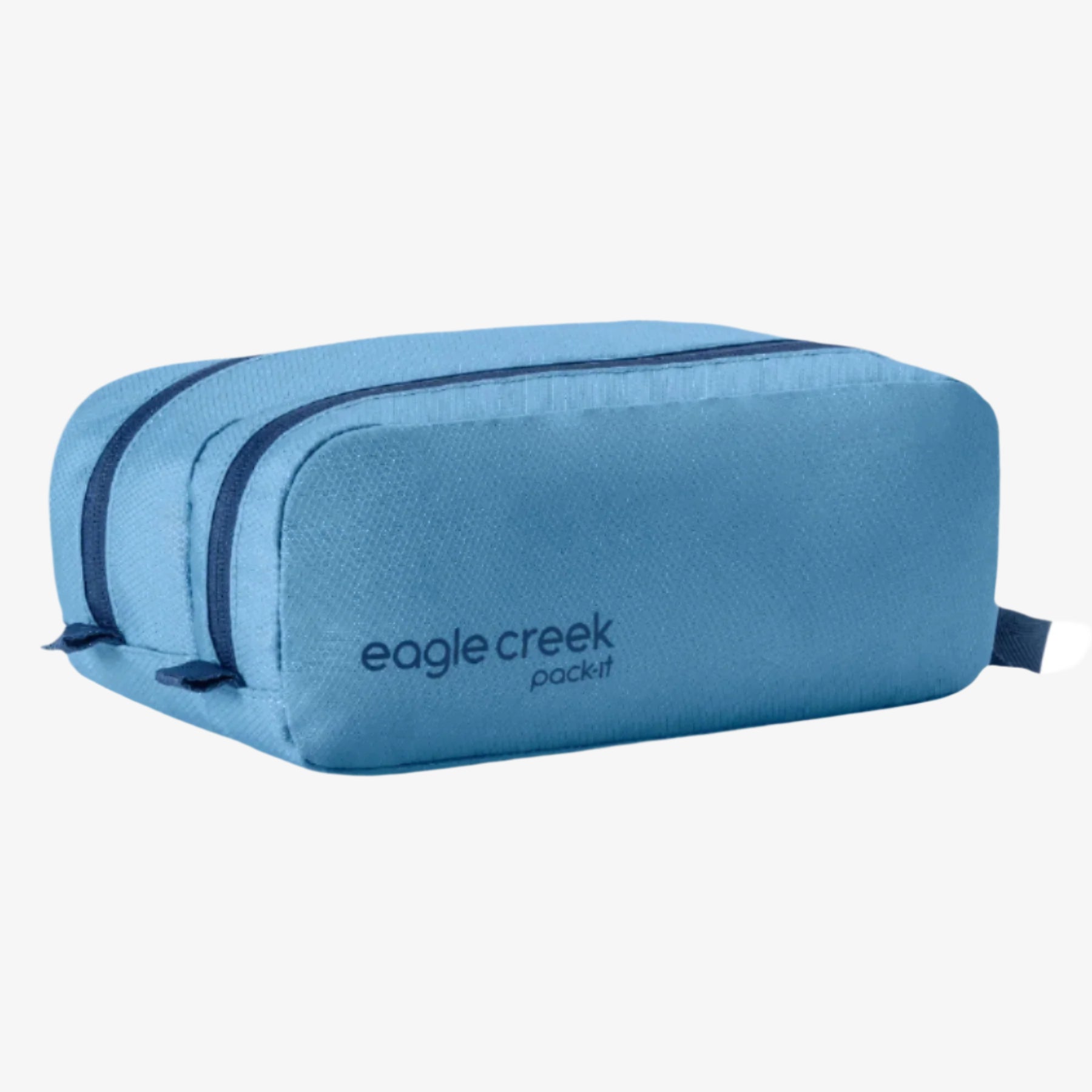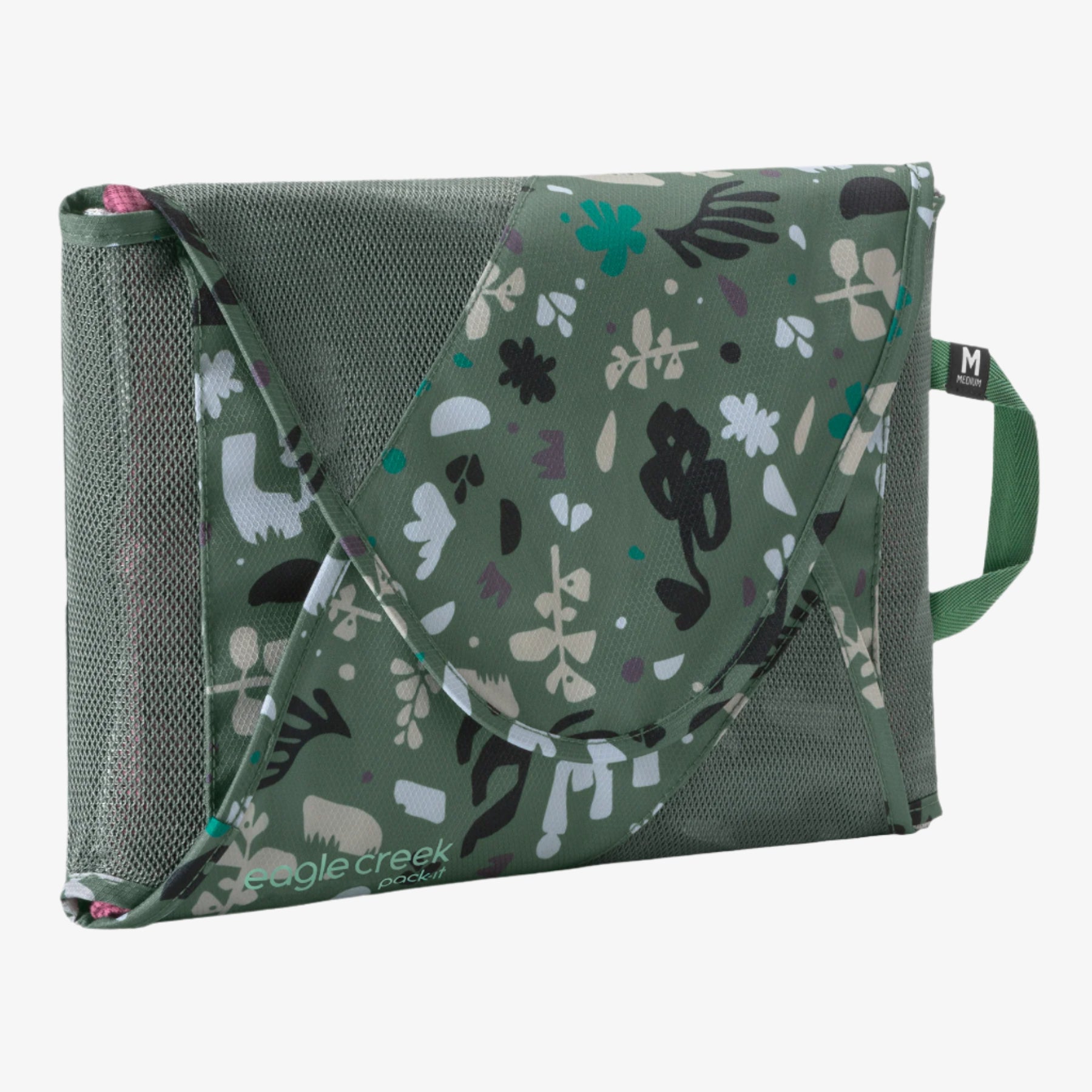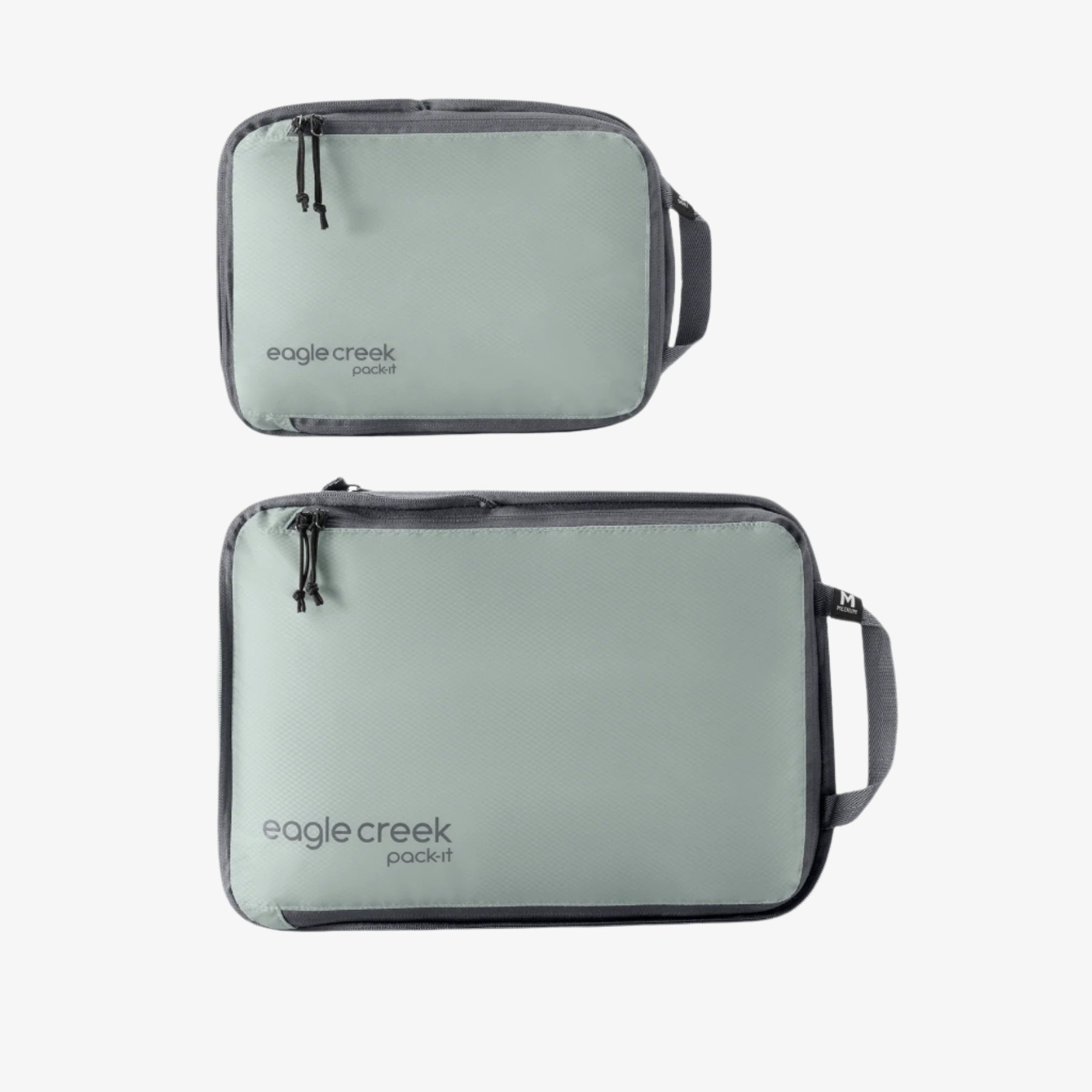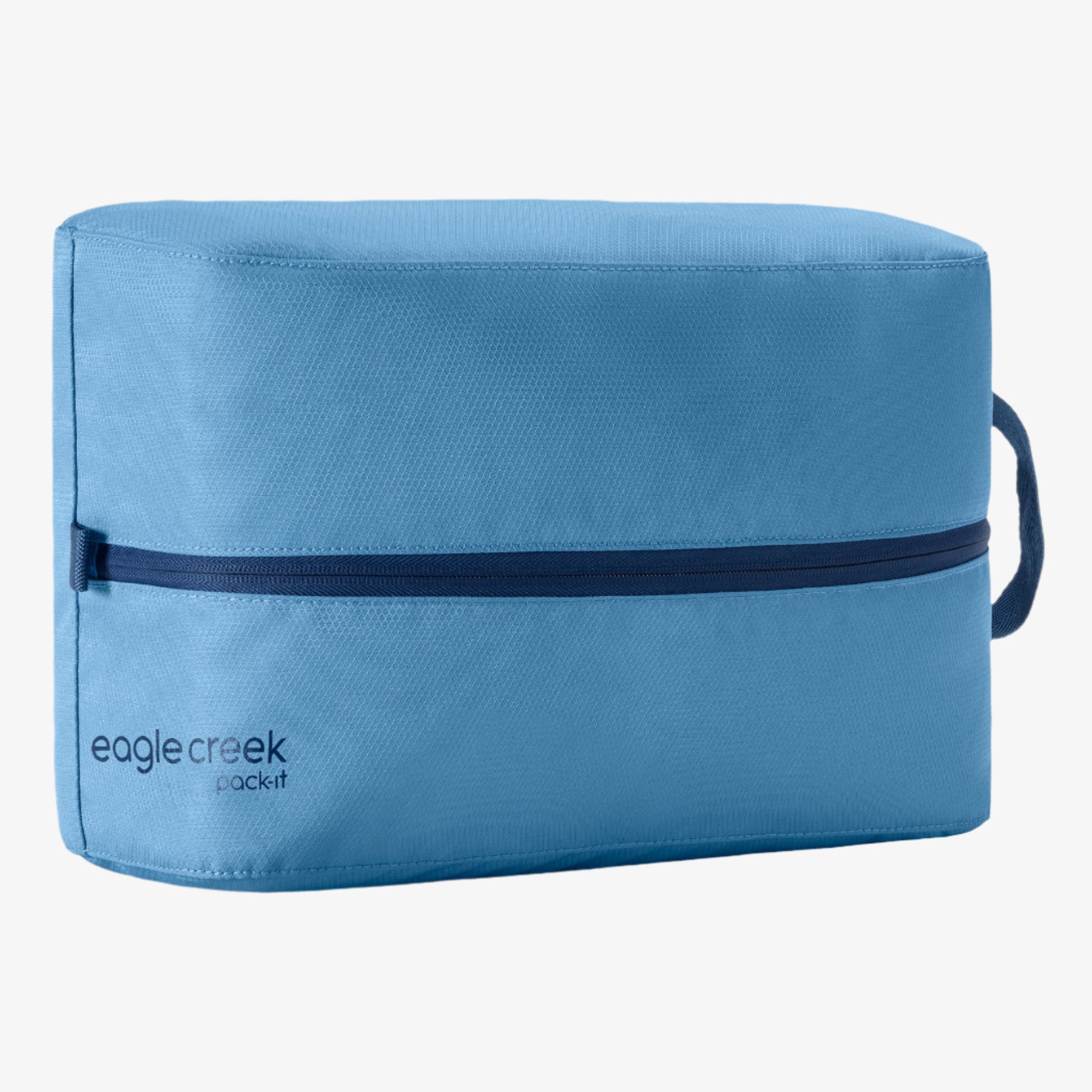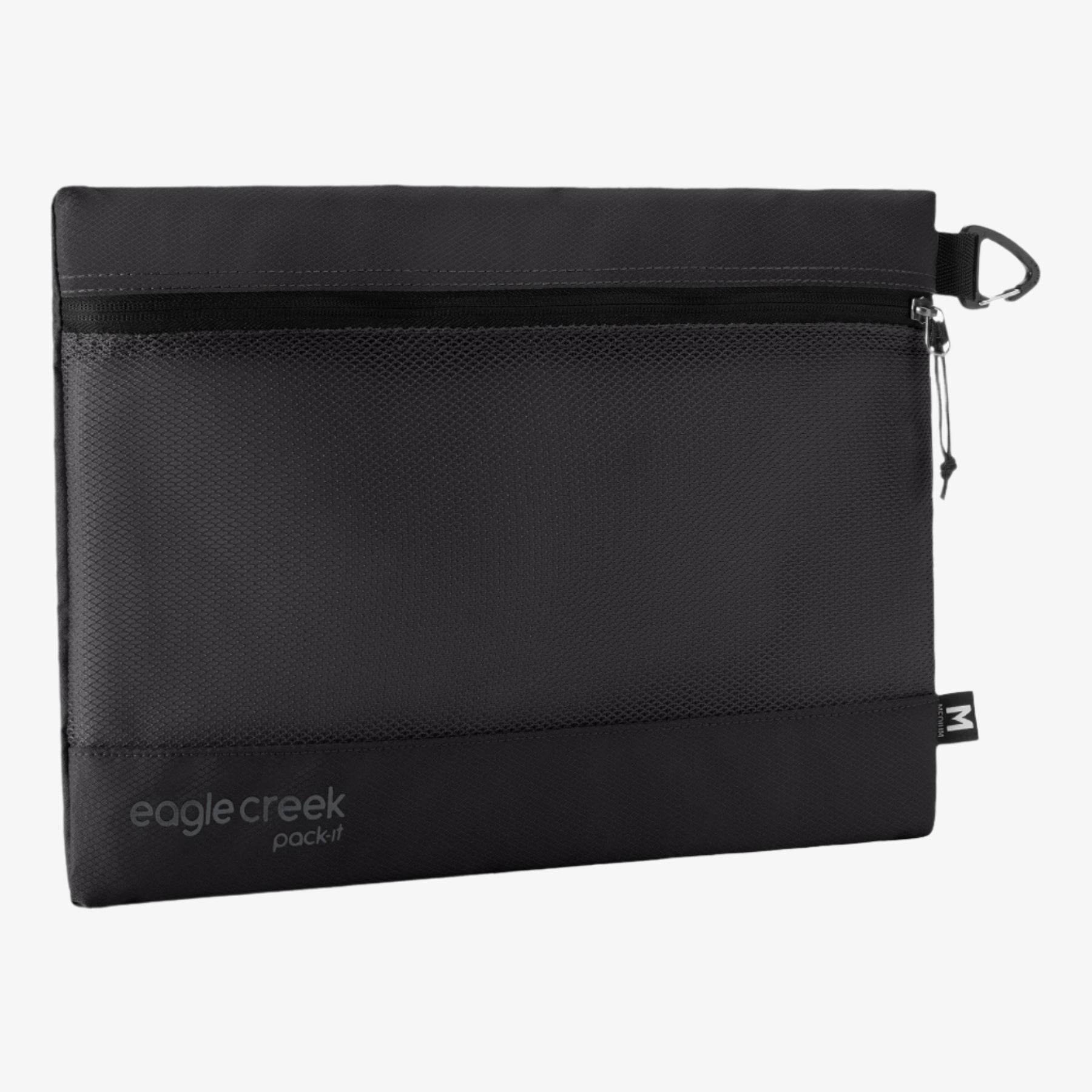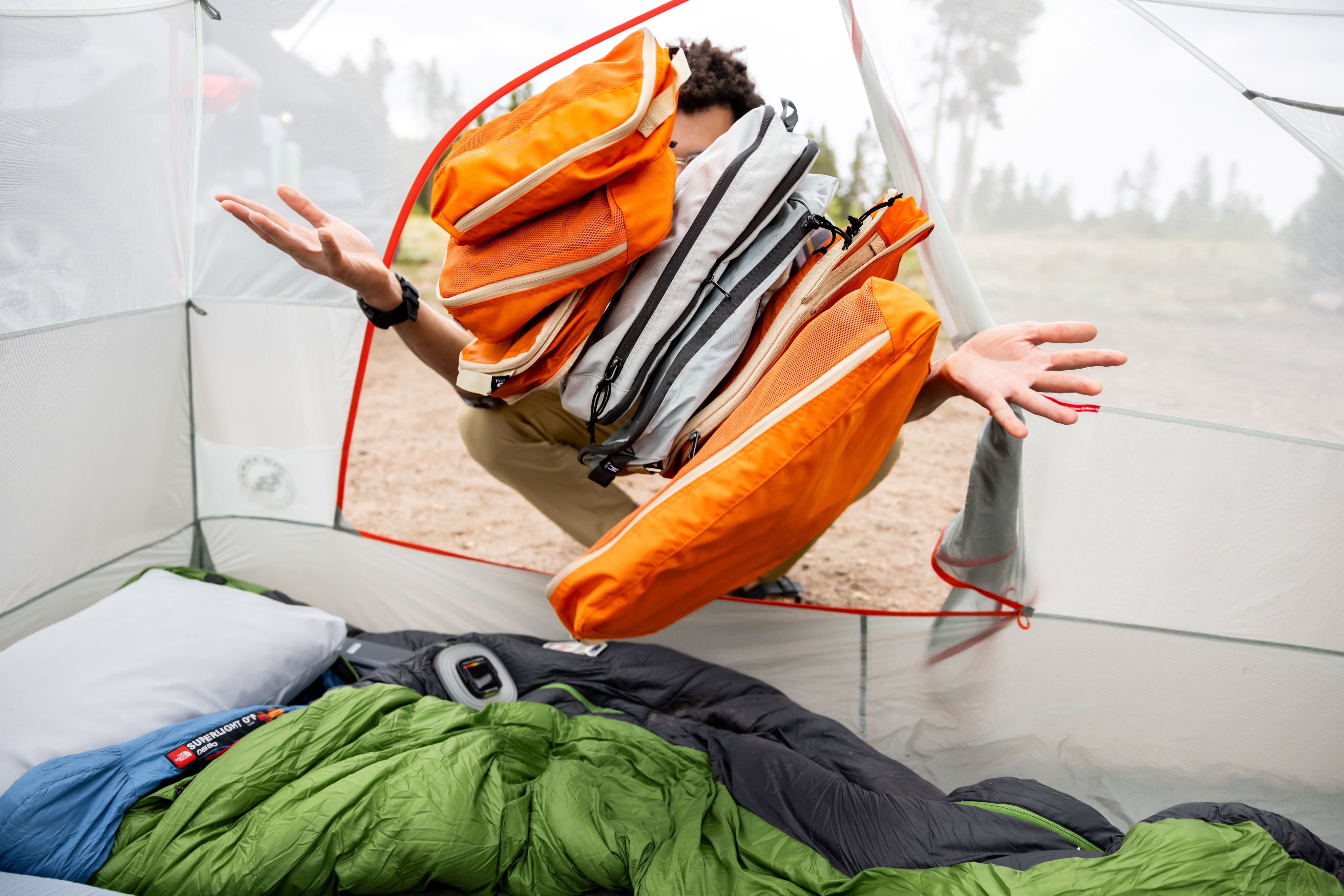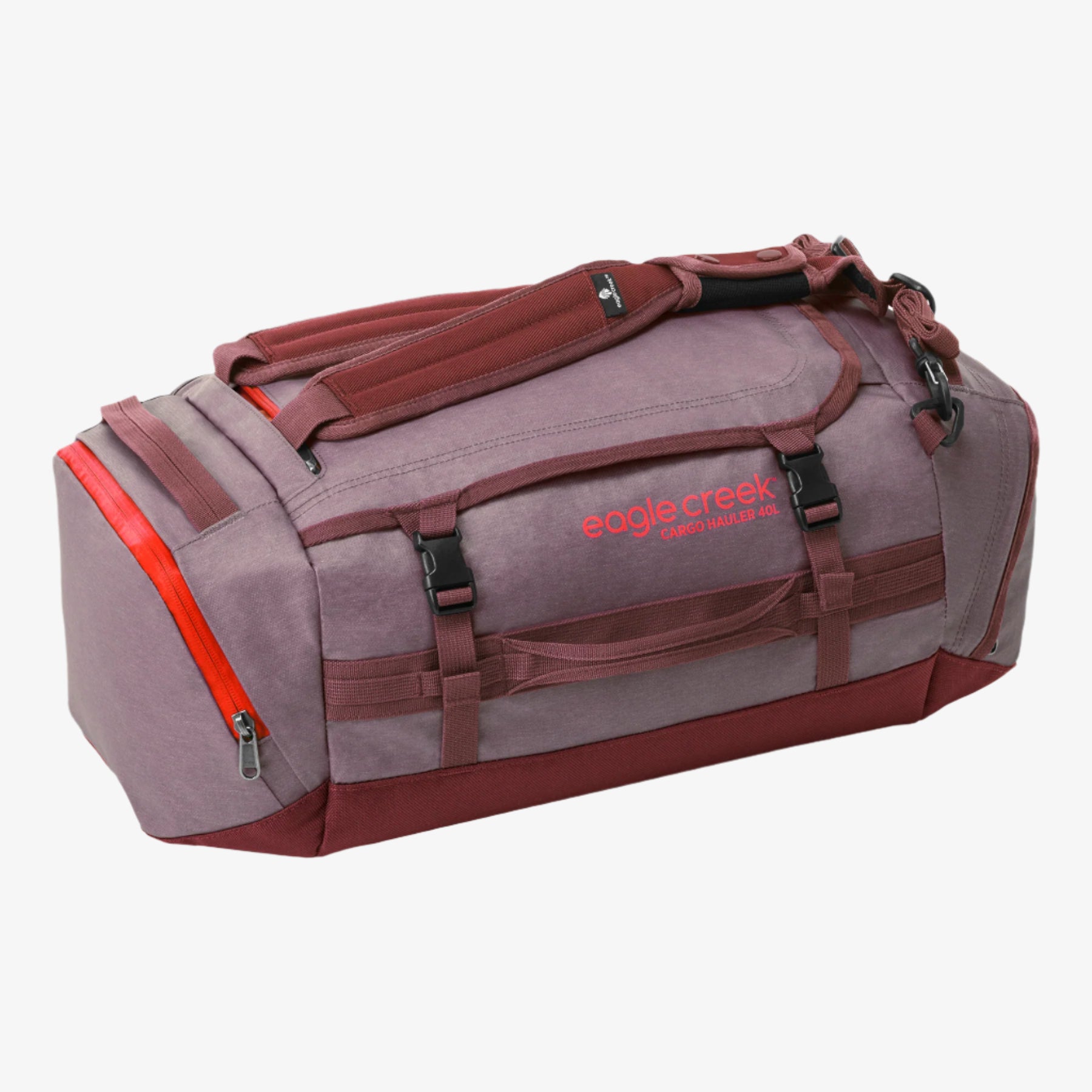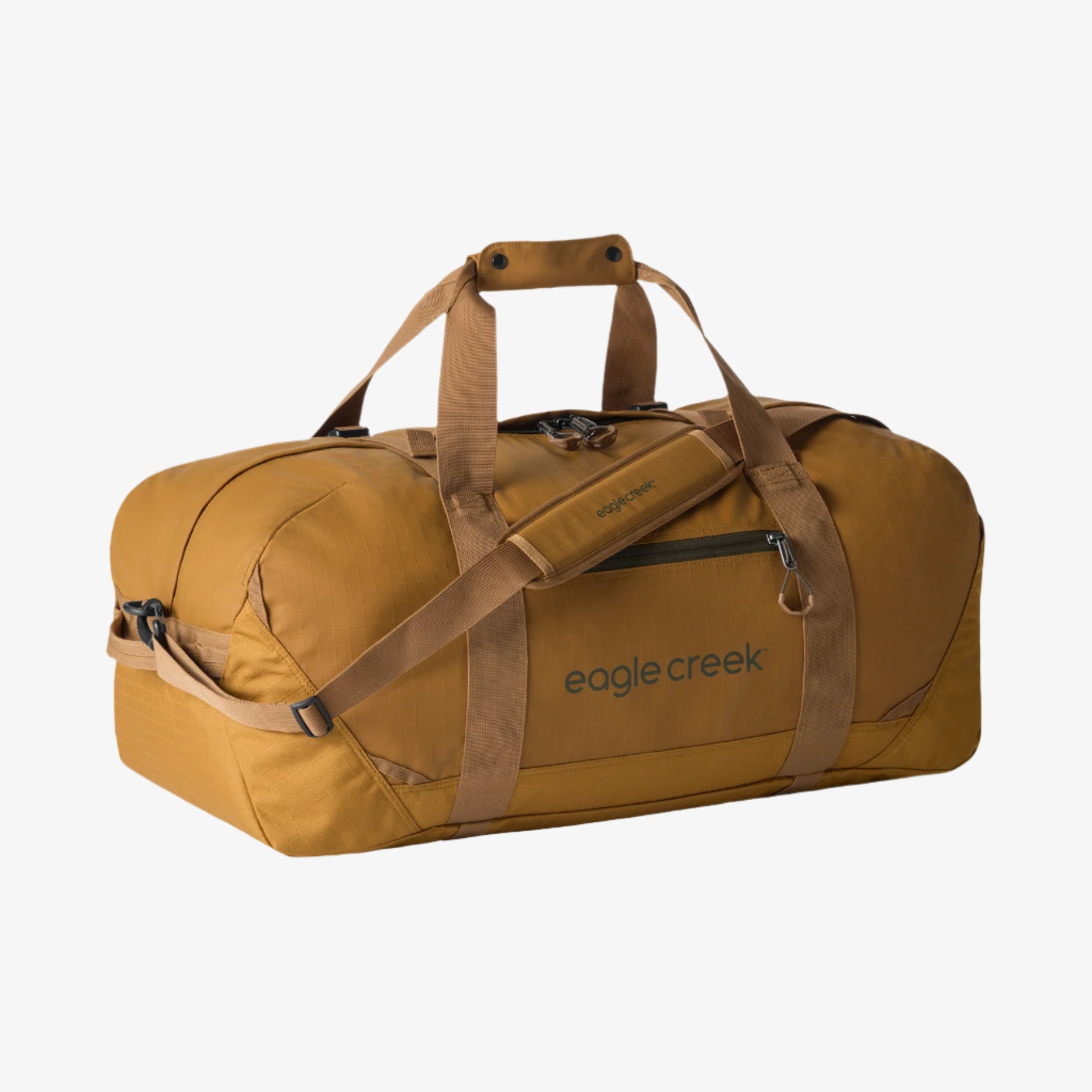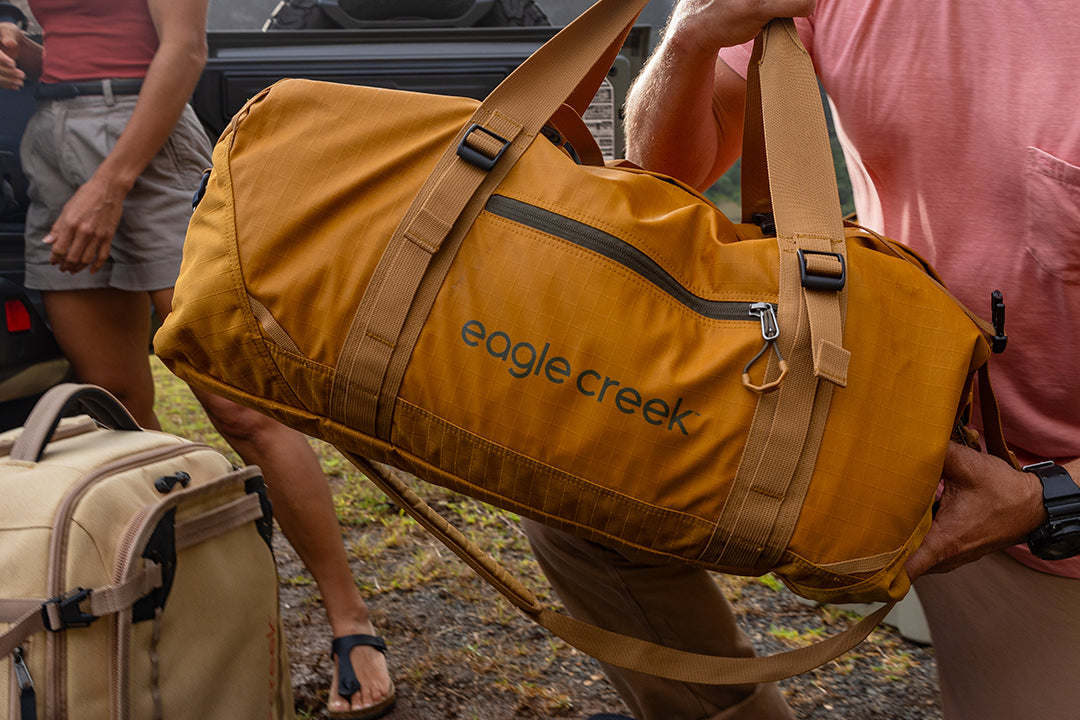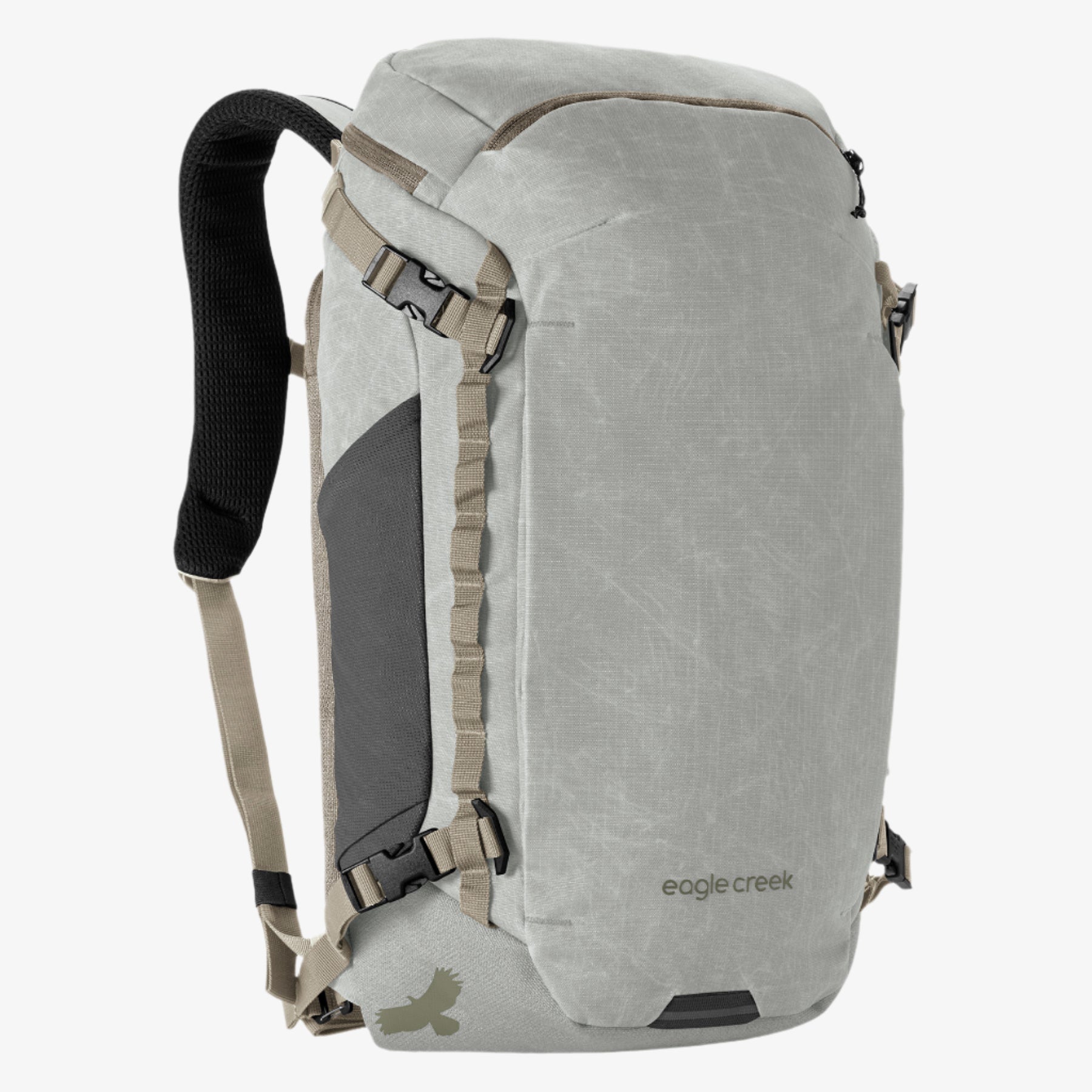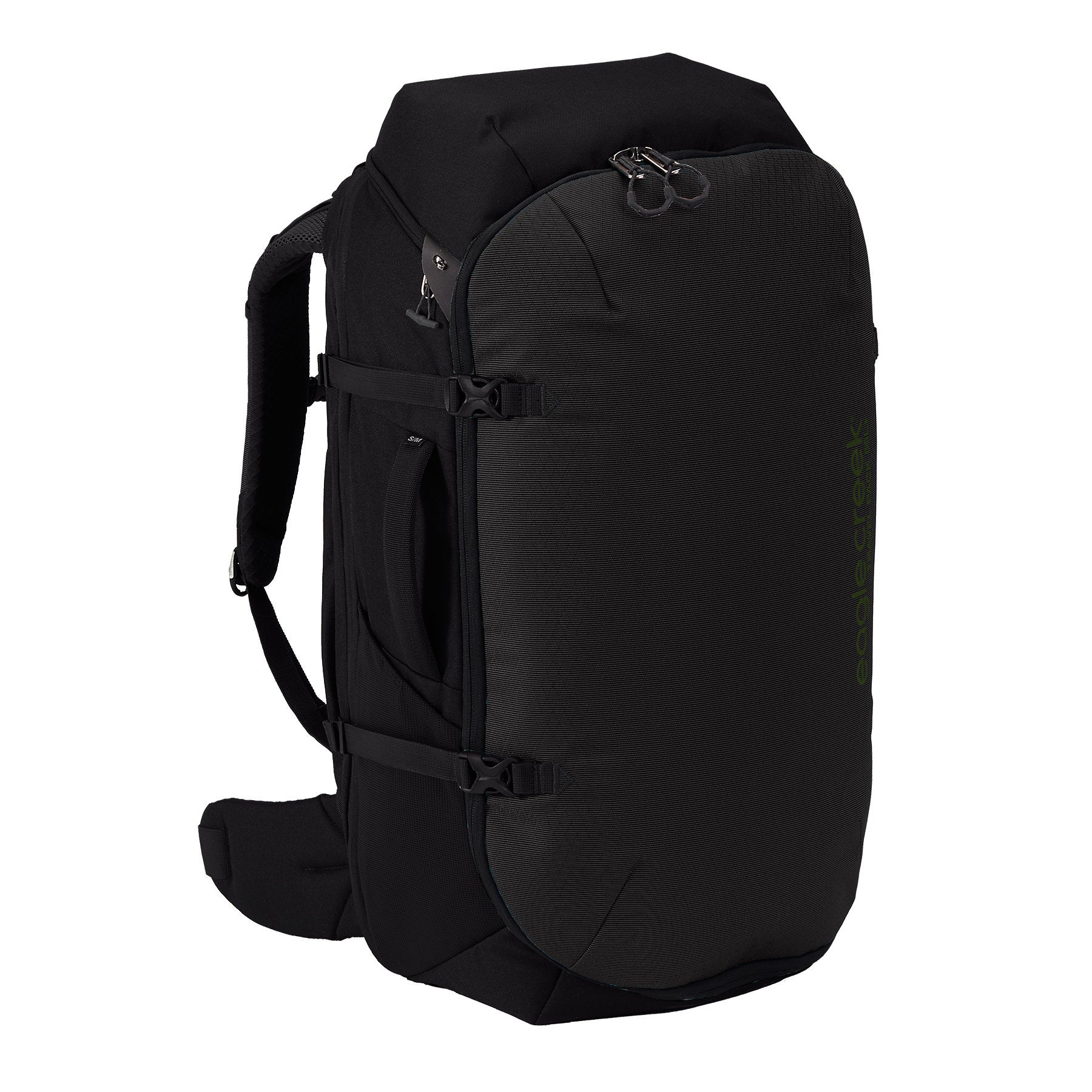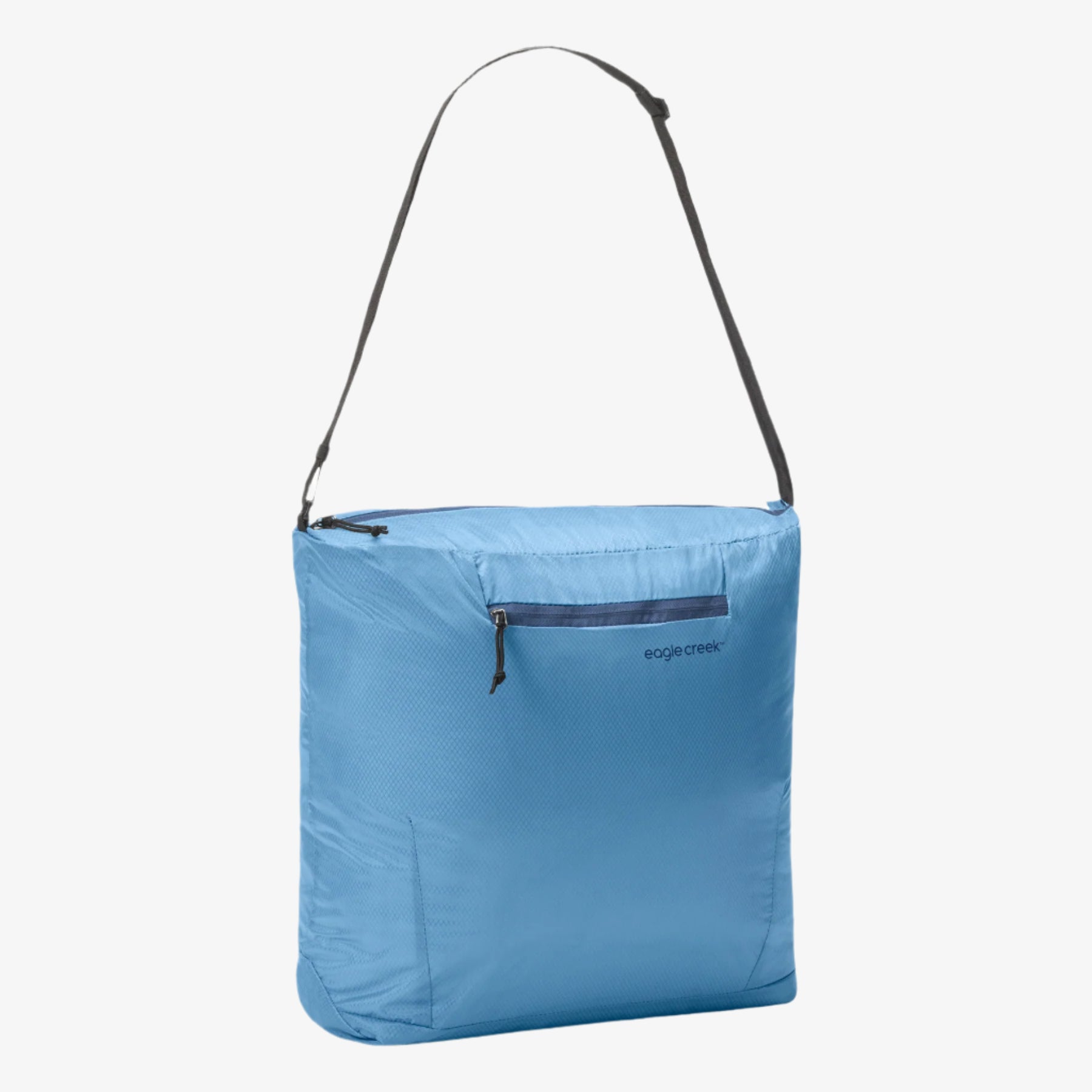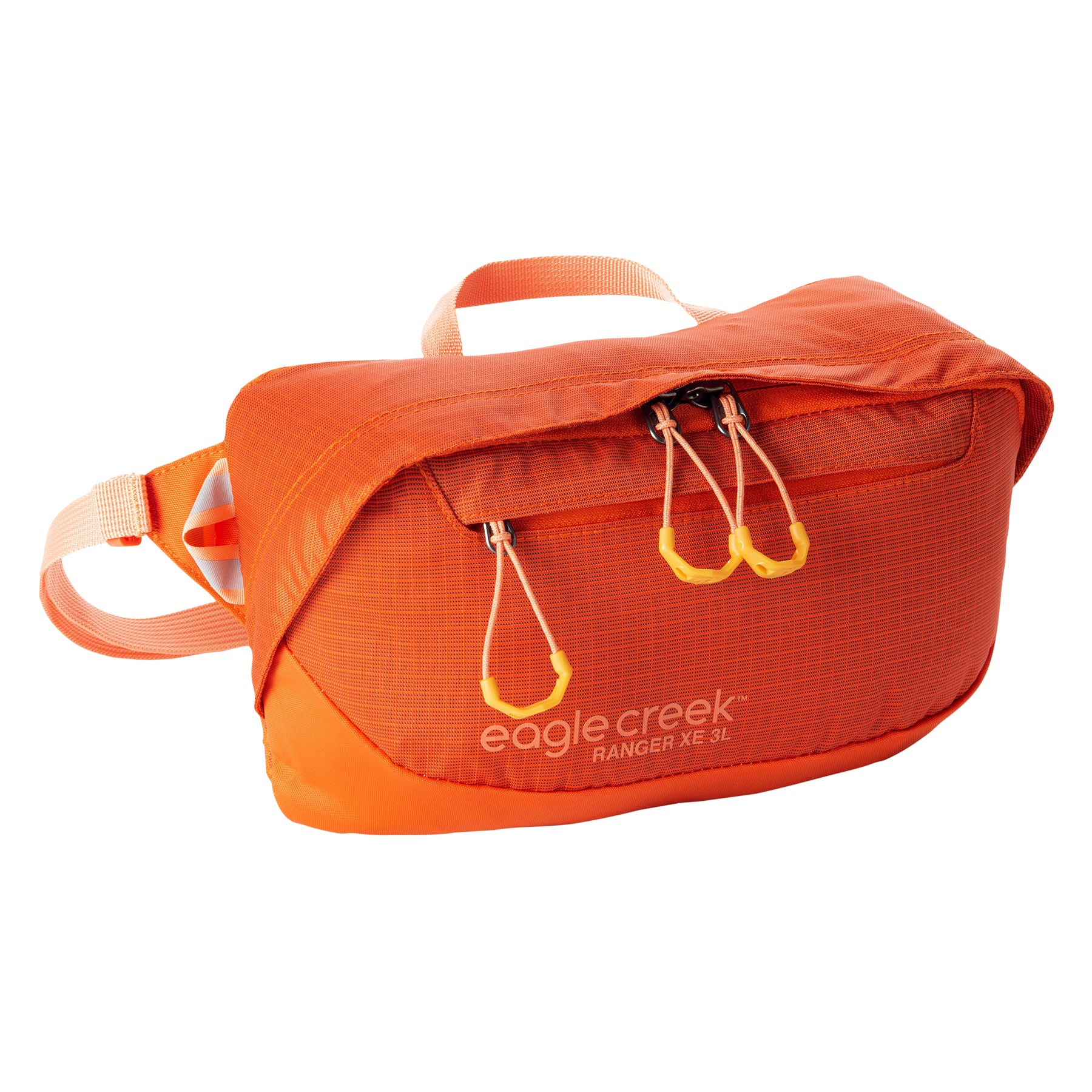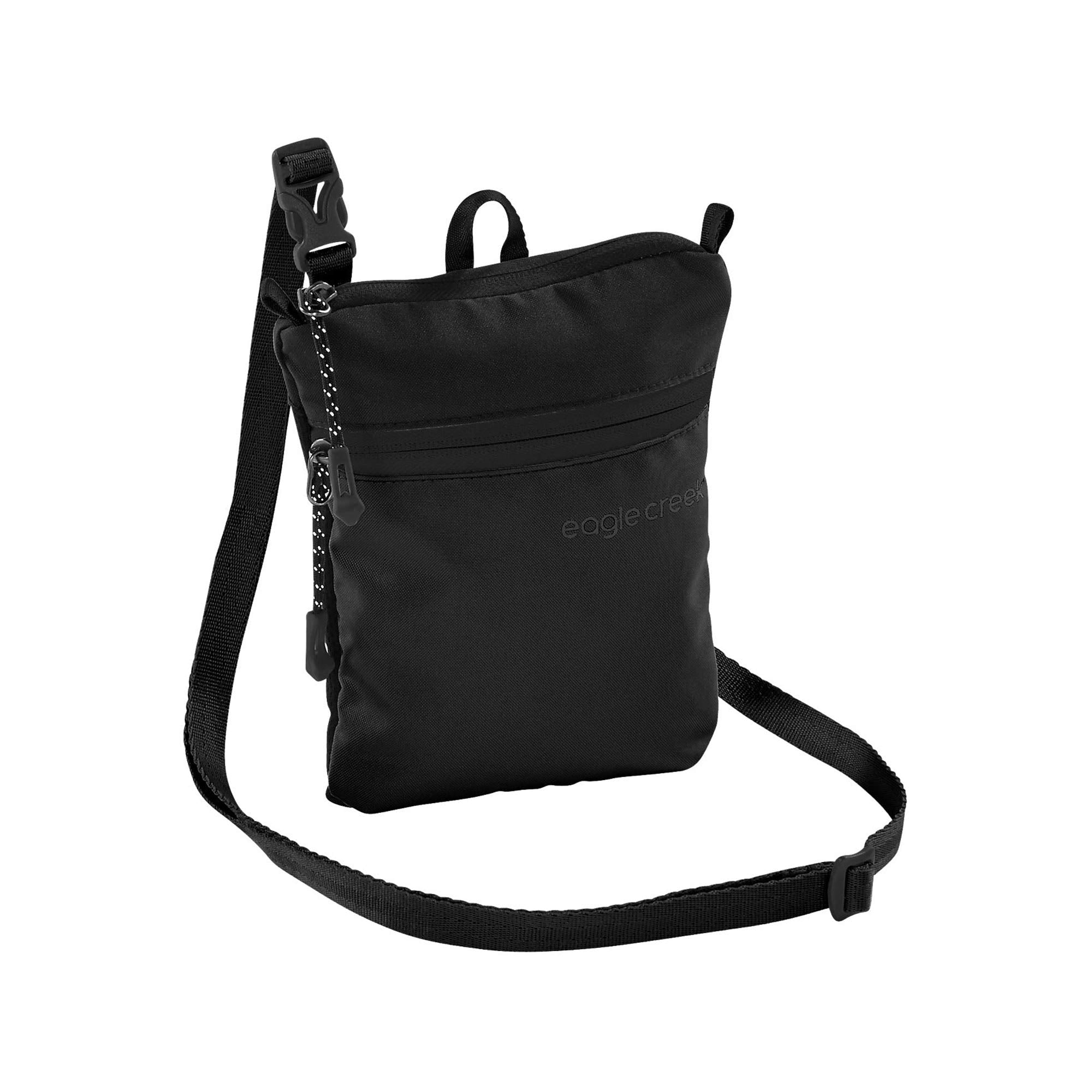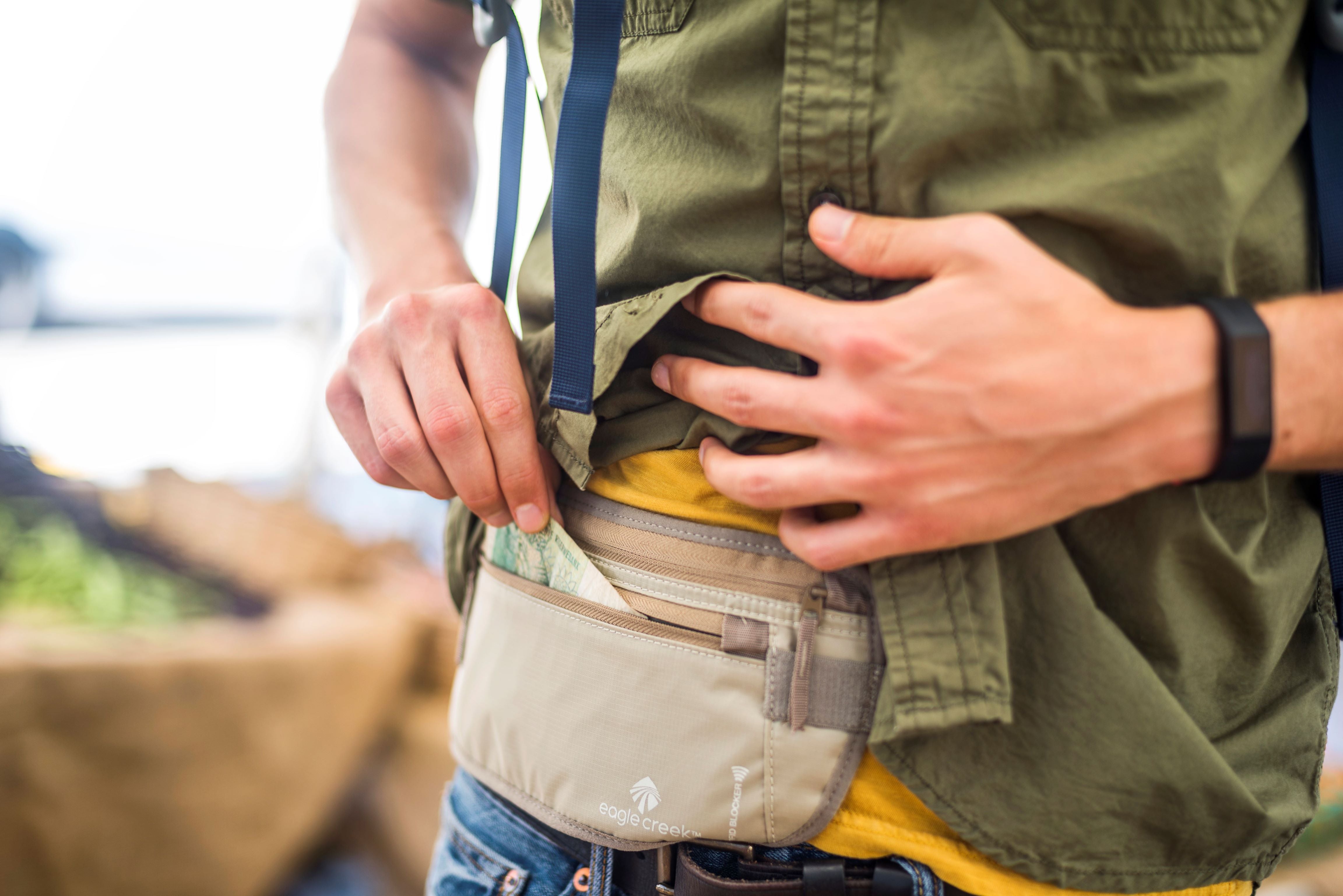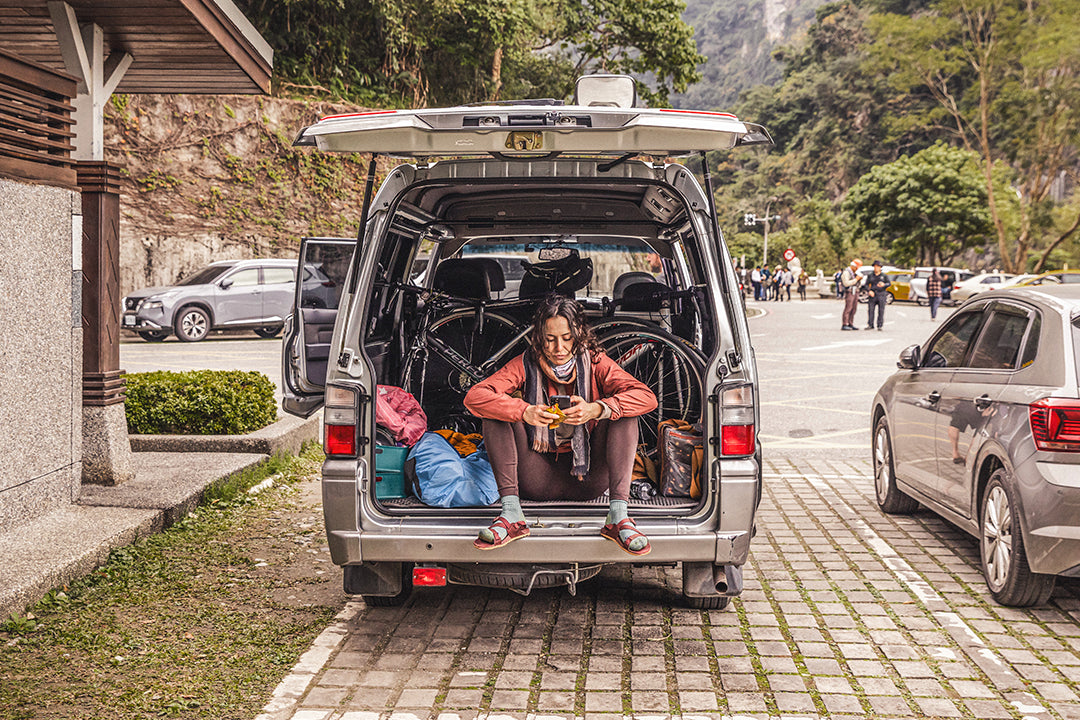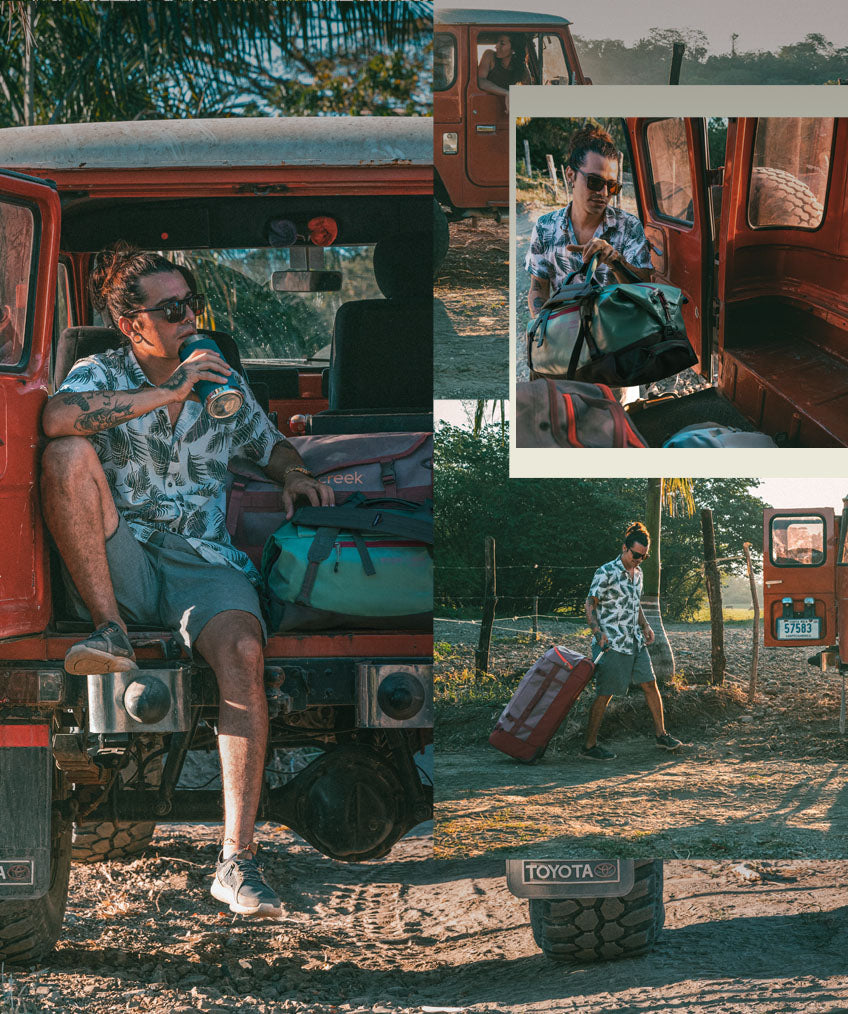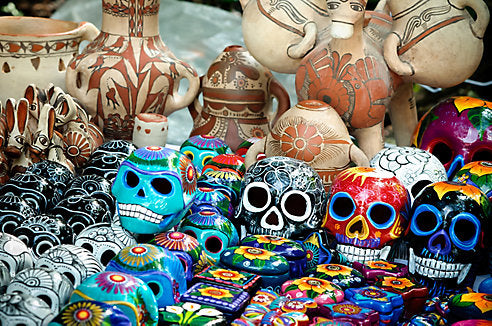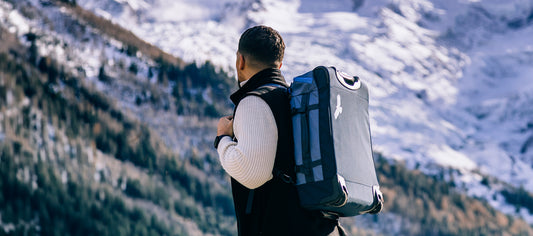Fascinating Facts About Mexico's Day of the Dead

Mexico’s Day of the Dead is one of the world’s most fascinating cultural celebrations. Find out where and how to celebrate, and what to bring along in your suitcase.
Perhaps you’ve heard about Mexico’s Day of the Dead? Its iconography is pretty trendy right now, particularly the sugar skulls (calaveras). Calaveras are either decorative (they can be covered in materials like foil, beads, and feathers) or edible skulls that are often used as gifts for children during the celebration. But Day of the Dead, or Día de los Muertos, is more than colorful skulls; it’s a time-honored and beloved tradition in Mexico, incorporating both religious and secular themes. It’s a time for the living to come together and remember lost family and friends.
Most of Mexico celebrates the “Days of the Dead” from October 31st to November 2nd. It’s believed that, at midnight on the 31st, the spirits of lost children (angelitos) come down from the gates of heaven to reunite with their living loved ones. On November 2nd, the spirits of lost adults make a visit. Families prepare for these comings by decorating elaborate ofrendas (altars). These altars are where they place offerings to the dead, like bright marigolds and finely crafted sugar skulls. Families prepare elaborate platters of food, not only for the celebration of the living, but also as offerings for their dead loved ones. People often leave candies and small toys for the angelitos and salt and alcohol for the adults.
During the Days of the Dead, families usually spend time at the local graveyards, tending to the graves of deceased loved ones. They tend to pack picnic lunches and celebrate the lives of those they have lost, as they pull weeds and lay down fresh flowers. Although this holiday may sound like a solemn occasion, the Days of the Dead are really about celebrating family and life.
Local Day of the Dead celebrations take place throughout Mexico, but some cities, in particular, go all out with their festivities. In Oaxaca, a city in southern Mexico, local villages set up colorful marketplaces that are full of treats and trinkets, and host sand tapestry competitions and carnival-esque parades called comparsas. In San Andrés Mixquic, located in Mexico City, celebrations on November 1st kick off with a mock funeral procession—led by a cardboard coffin—to the cemetery, where a candlelight vigil lasts most of the night. Aguascalientes, a city in north-central Mexico, is known for its Festival de las Calaveras (Festival of Skulls) from October 28th to November 2nd. Street stalls offer traditional food, seasonal fruits, and handicrafts, while concerts, theater productions, and a night parade serve as entertainment.
If you’re spending a few days in Mexico for the Day of the Dead, there’s no need to over-pack. Stick with a carry-on that you can easily pull or carry on your back through cobbled streets and rural villages. Use a set of packing organizers to keep your items sorted in the compact bag. Though the days will likely be warm, many parts of Mexico cool down during those late fall evenings, so be sure to pack a jacket and long pants. Throw in the Travelbug Mini Backpack RFID for your daily explorations and celebrations. With just enough room for your day’s essentials and RFID-blocking protection for your credit cards and identifying documents, it will be the most useful small bag that you can imagine.
For the ultimate packing guide, click here.
Your turn, travelers! Have you been to Mexico during the Day of the Dead? How did you embrace the celebrations? What did you bring in your suitcase? Sound off in the comments below.
Related Links (from Eagle Creek blog):
Hidden Gems: 8 Riviera Maya Spots Unknown to Tourists
